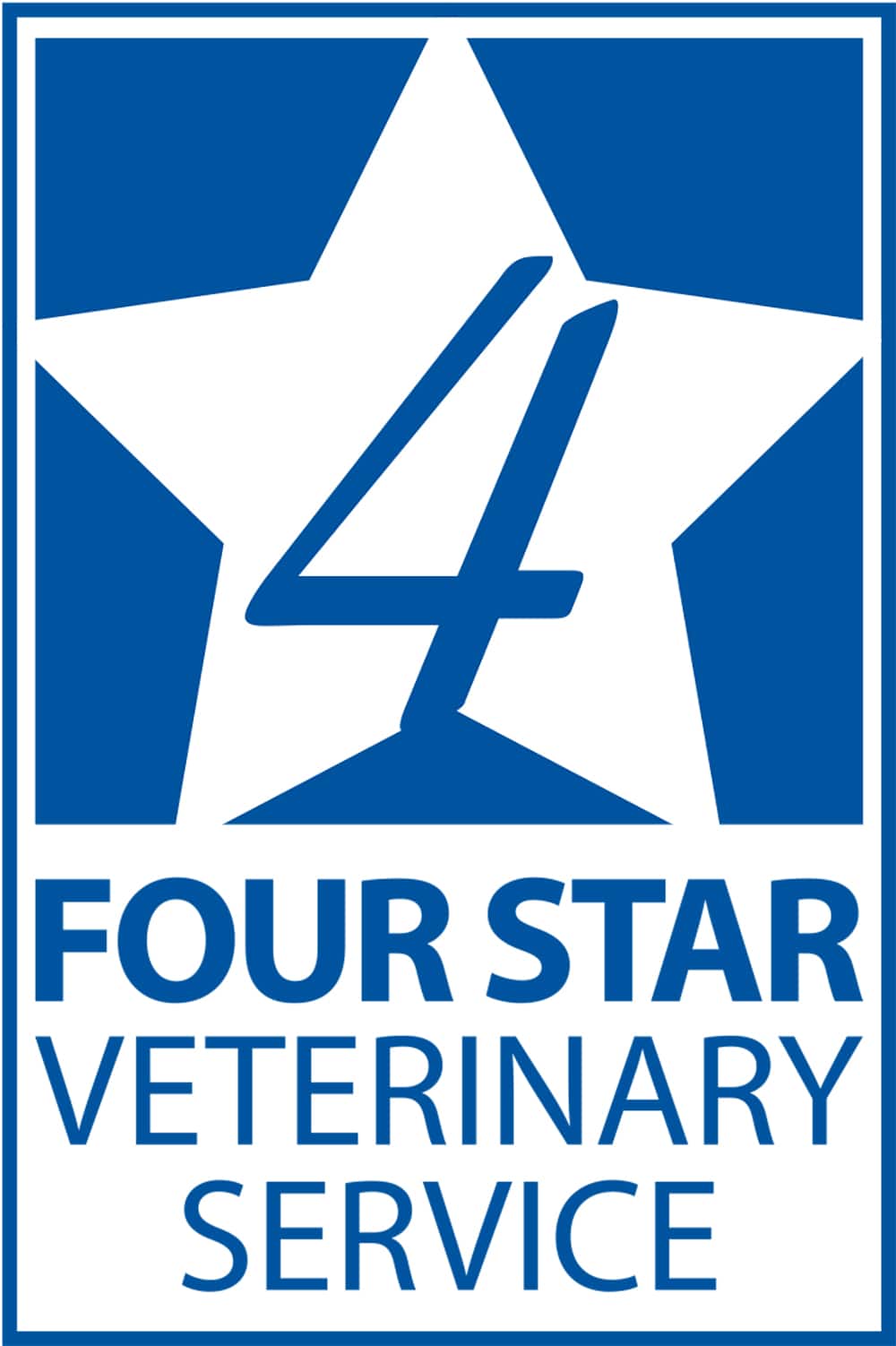Day-1 pig care is essential, but we also need to recognize that sow care is an important component of it.
Parasites persist in hog production, especially in niche markets
Environmentally controlled hog facilities eliminated most swine parasites. But Ascaris suum (roundworm) continues to persevere on some conventional farms and frequently on farms for niche markets.
Tools for managing pigs without antibiotics
Raising pigs without antibiotics requires extra management and different tools compared to traditional commercial hog production.
